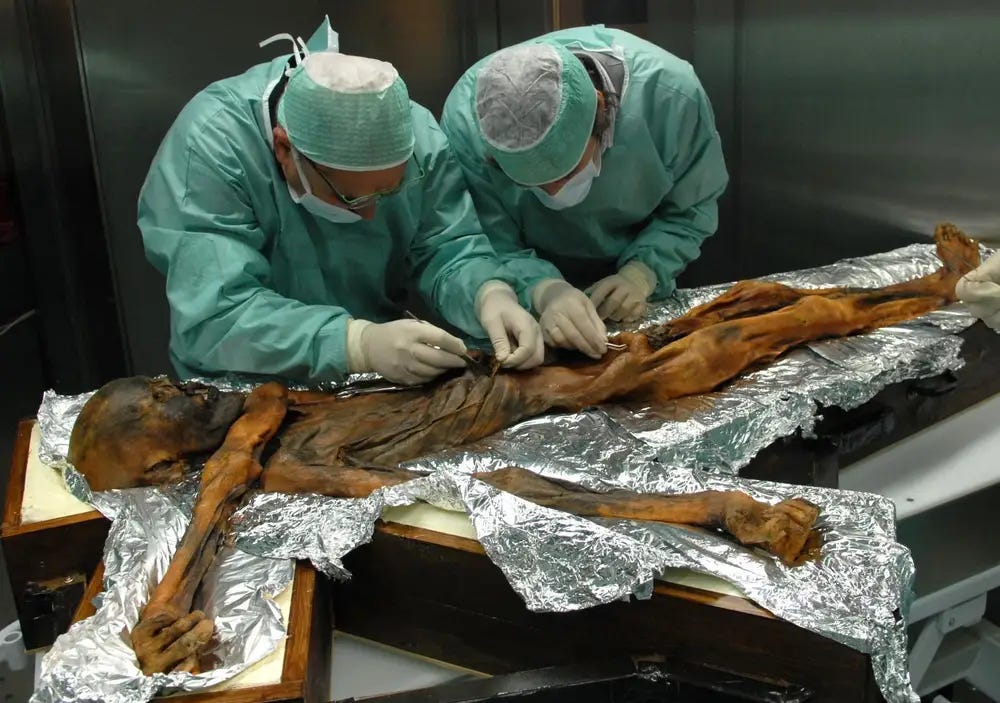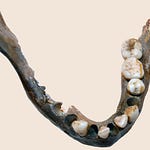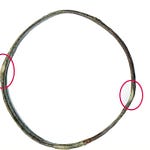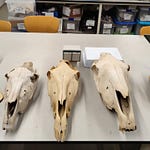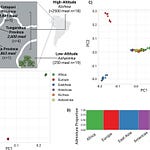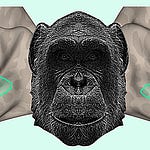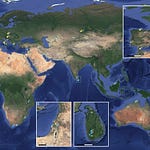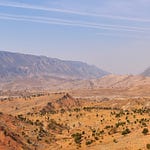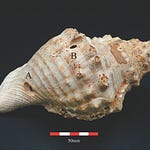A Cold Trail through Deep Time
In the chill of a glacier, Ötzi the Iceman lay undisturbed for over five millennia. Since his discovery in 1991, the mummified man from the Alps has become a symbol of Copper Age Europe, a frozen thread linking modern observers to a distant, undocumented past. But while his body told stories of diet, death, and disease, his DNA hinted at something more curious: a genetic identity that didn’t quite match expectations.
A recent study published in Nature Communications1 by Valentina Coia and colleagues has now added dimension to that mystery. Drawing from 47 individuals who lived in the Eastern Italian Alps between 6400 and 1300 BCE, the team’s analysis paints a picture of a region marked less by upheaval than by quiet persistence.
A Genetic Refuge in the Italian Alps
The research team set out to investigate population structure and genetic diversity in what they call Ötzi’s “home range,” the alpine zone where his body was discovered. They sampled individuals spanning from the Mesolithic to the Middle Bronze Age, using ancient DNA extracted from bone and teeth. Their aim was to track both continuity and change in ancestry, while also probing into the social organization of these early highland communities.
The genetic results revealed a striking pattern. Most individuals shared an overwhelming majority—between 80 to 90 percent—of their ancestry with early Neolithic farmers from Anatolia. That deep genetic signature remained consistent for more than two millennia.
“The data show a remarkable degree of genetic continuity,” the researchers wrote, “suggesting that the Eastern Alps acted as a demographic buffer during periods of broader population turnover.”
In simpler terms, while waves of migration and cultural change reshaped other parts of Europe, this pocket of the Alps remained largely genetically stable.
Ötzi the Outlier
Yet not all was uniform. Ötzi himself, dated to around 3300 BCE, stood apart even within this cohesive genetic landscape. His paternal lineage, belonging to haplogroup G2a-Z6208, has not been found in any other ancient or modern individual. Likewise, his maternal DNA lineage has yet to reappear in the archaeological record.
“Ötzi's genome reflects the dominant ancestry of his region, but his specific Y and mitochondrial lineages are absent elsewhere,” the authors noted.
This genetic singularity raises more questions than it answers. Was Ötzi part of a now-vanished kin group? Or did his isolated line reflect social stratification, exile, or a community that simply failed to leave broader genetic traces?
Matrilines on the Move
One of the most revealing patterns emerged from a comparison of male and female genetic markers. While Y-chromosome diversity among males was extremely low, mitochondrial DNA (passed down from mothers) showed greater variability. This implies a patrilocal social structure, in which men remained in their birthplace while women married into their communities.
“The genetic data are consistent with a social system characterized by stable male lineages and incoming female lineages,” the study observed.
In practice, this would have created tightly knit male-centered communities that retained cultural and genetic cohesion across generations, while introducing a modest level of diversity through incoming women.
Milk, Eyes, and Skin
The study also allowed researchers to reconstruct some aspects of physical appearance. Like Ötzi, most individuals likely had dark hair and brown eyes. Their skin pigmentation was probably darker than that of present-day Europeans, and nearly all lacked genetic adaptations for digesting lactose.
In other words, even as herding and dairying began to spread across Europe, milk remained a non-staple in these alpine communities.
Outsiders at the Edges
Still, the Alps were not entirely shut off. A few individuals in the study showed hints of foreign ancestry.
One young girl, known as LAS01 and dated to about 2400 BCE, carried Steppe-related ancestry—part of a broader genetic signal sweeping into Europe during the Bronze Age. Another individual, SIU01, living several centuries later, had genetic features characteristic of the Bell Beaker complex, including the R1b* Y-chromosome haplogroup. Other samples—such as NOG302 and ROM402—showed limited genetic influence from the Eastern Mediterranean and the Caucasus.
Yet these were exceptions. For the most part, the ancient residents of Ötzi’s region appear to have held firm, absorbing only modest traces of incoming genes across nearly 5,000 years.
A Landscape That Shaped Lives
The physical environment of the Alps no doubt played a role in this story of continuity. Rugged, cold, and high, the mountains likely served as both a barrier to movement and a refuge from external disruptions. In this context, communities could maintain long-term traditions, preserve specific genetic identities, and develop localized patterns of kinship and mobility.
“The Eastern Alps were not a crossroads,” the authors concluded, “but a stronghold.”
That stronghold preserved Ötzi and many like him: people who hunted, herded, and endured in a landscape as challenging as it was enduring. Their genes, etched into ancient bones, now whisper stories of resilience across the ages.
Related Studies
Here are additional studies that explore population structure, mobility, and social organization in prehistoric Europe:
Haak, W., et al. (2015). Massive migration from the steppe was a source for Indo-European languages in Europe. Nature, 522(7555), 207–211. https://doi.org/10.1038/nature14317
Lazaridis, I., et al. (2014). Ancient human genomes suggest three ancestral populations for present-day Europeans. Nature, 513(7518), 409–413. https://doi.org/10.1038/nature13673
Mathieson, I., et al. (2018). The genomic history of southeastern Europe. Nature, 555(7695), 197–203. https://doi.org/10.1038/nature25778
Mittnik, A., et al. (2019). Kinship-based social inequality in Bronze Age Europe. Science, 366(6466), 731–734. https://doi.org/10.1126/science.aax6219
Croze, M., Paladin, A., Zingale, S., Alemanno, S., Nicolis, F., Mottes, E., Maixner, F., Pedrotti, A., Günther, T., Zink, A., & Coia, V. (2025). Genomic diversity and structure of prehistoric alpine individuals from the Tyrolean Iceman’s territory. Nature Communications, 16(1), 6431. https://doi.org/10.1038/s41467-025-61601-8


